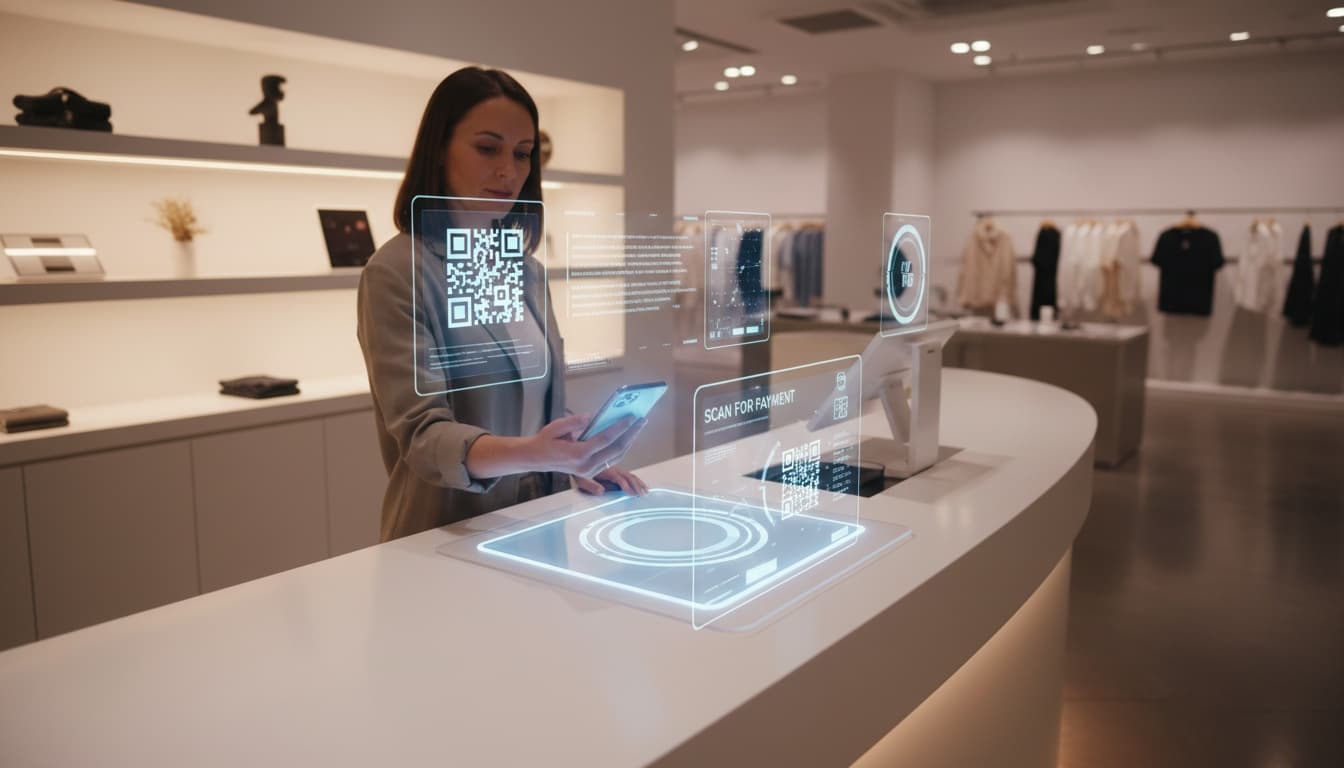Collecting customer data inside physical stores is now essential for building personalization, improving shopping experiences, and driving long term loyalty. But data collection must be transparent, ethical, and based on clear value exchange. Customers are far more willing to share information when they understand what they receive in return. This guide shows how physical retailers can collect first party data responsibly using QR codes, opt-in flows, micro rewards, and point of sale signals while maintaining customer trust.
Collect data ethically and effectively
Use value based data exchange to understand your customers and improve their in-store experience.
Why data collection must be value based
Modern customers expect transparency and control. They know their data has value, and they want something meaningful in return. Ethical data collection is based on three pillars: consent, clarity, and value. Customers should understand what they are opting into, what they gain, and how your store uses their information. When you design data flows this way, participation increases and trust remains intact.

Retailers who respect privacy and communicate transparently see higher engagement in sign ups, loyalty flows, and in-store digital moments. A strong data strategy begins with strong customer relationships.
Use QR codes to create voluntary opt-in moments
QR codes are one of the easiest ways to collect first party data inside stores. They allow customers to engage with your brand instantly and voluntarily. Scanning a QR code can lead to a quick form, a reward claim, a sign-up, a mission, or a personalized recommendation. These moments are high intent and feel natural inside the journey.
Great QR code placements for data collection include:
- Entrance displays with welcome offers
- Product shelves with discovery rewards
- Fitting rooms with style suggestions
- Checkout counters with scan for loyalty boosts
- Service desks with self service options
When combined with interactive QR ads, each scan becomes an opportunity to understand preferences, record engagement, and strengthen the relationship. Customers opt in voluntarily and receive value instantly.
Offer micro rewards to increase participation
Incentives drive action. Micro rewards are small but meaningful benefits given in exchange for low friction data. A customer might receive a visit badge, a small loyalty boost, a digital collectible, or early access to an offer.

These small interactions feel fun and low risk. They motivate customers to share basic information like first name, email, shopping preferences, or visit frequency. When part of a consistent engagement structure, micro rewards increase loyalty and conversion without depending on heavy discounting.
Use point of sale data responsibly
The POS is one of the strongest data sources in physical retail. Receipt data, item preferences, payment type, and purchase frequency help build a detailed understanding of customer behavior. But POS data should always be combined with clear opt-in consent. Never assume customers want automatic enrollment. Instead, create a voluntary step that invites them to link their purchase to a profile or reward.
Practical POS based data collection methods:
- Scan at checkout to attach the purchase to your profile
- Opt in to receive digital receipts
- Join loyalty with a one tap QR scan
- Receive a reward for verifying your visit
When customers choose to connect their purchase history, stores gain rich behavioral insights while maintaining transparency and trust.

Build compliant opt-in flows that customers trust
Compliance is not only a legal requirement but a trust building tool. Clear and simple opt-in flows make customers feel respected and in control. The best flows rely on easy language, short steps, and visible benefits. Customers should understand what they agree to and how they can opt out at any time.
Key elements of a compliant opt-in flow:
- Short explanation of what the customer receives
- Simple consent language
- No pre-checked boxes
- Option to skip
- Easy access to privacy information
When customers feel in control, they willingly participate and develop stronger relationships with the brand. Transparent communication always increases long term engagement.
Step by step methods to collect data without harming trust
Below is a practical framework any store can implement, even without technical expertise. These steps create a safe, ethical, and measurable data flow.
Step 1: Offer value before asking for data
Examples include style tips, product comparisons, small rewards, or early access. Customers should see an immediate benefit.
Step 2: Use a QR code as the entry point
This feels voluntary and aligned with natural in-store behavior. A short mobile moment works best.
Step 3: Keep the form extremely simple
Ask for one or two fields only. Additional data can be collected gradually over time.
Step 4: Provide instant confirmation
A micro reward or helpful piece of content reinforces the positive experience.
Step 5: Build a follow up journey
Use a light post visit touchpoint to thank the customer, share something useful, or suggest a next step. This creates consistency and increases return visits.
These steps allow retailers to build a strong first party data engine without overwhelming or frustrating customers. When value is clear and participation is voluntary, opt-in rates rise naturally.
Collect smarter data with customer trust
Use ethical opt-in flows, interactive moments, and micro rewards to collect high quality first party data inside your physical store.

